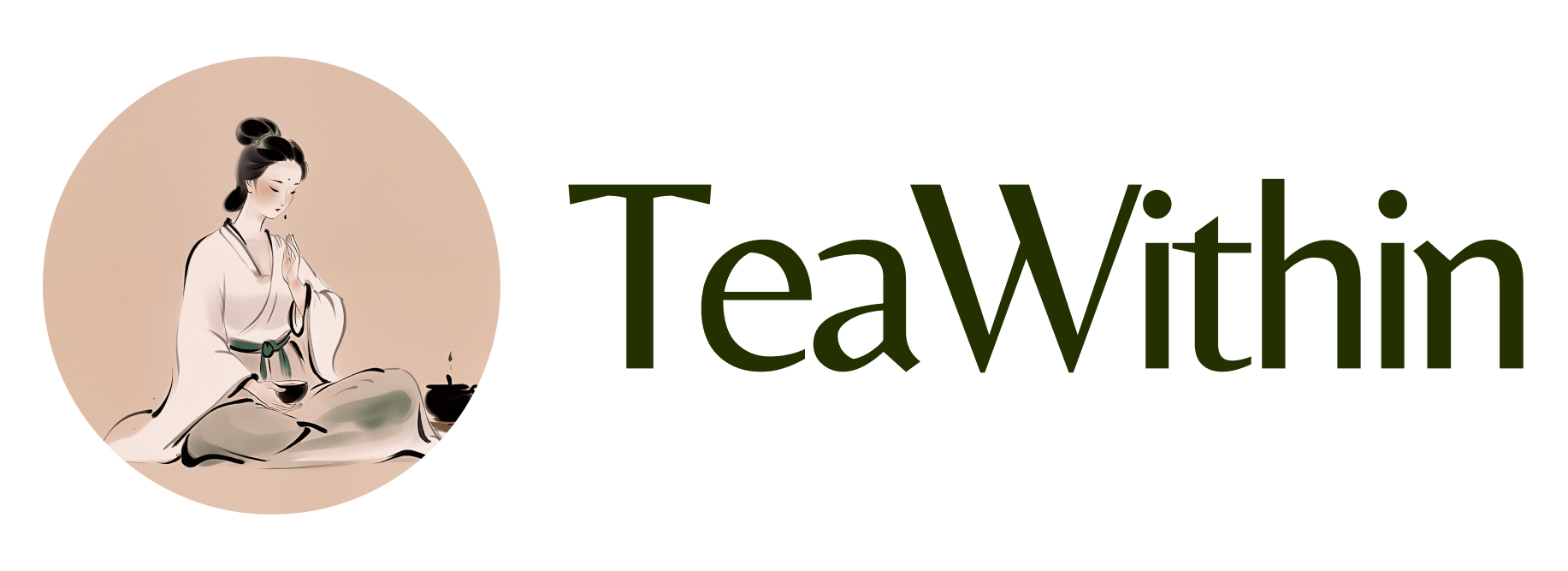What is a Tea Ceremony?
A tea ceremony is far more than just brewing and drinking tea – it’s a ritualized form of presenting and consuming tea that emphasizes mindfulness, respect, and cultural appreciation. These ceremonies have evolved over centuries, becoming intricate cultural practices that reflect the philosophies and values of different societies. In many Asian cultures, particularly in China and Japan, tea ceremonies represent harmony between nature and human cultivation, serving as a meditative practice that brings people together.
Elements of a Tea Ceremony
The fundamental elements of a tea ceremony include specialized tea preparation tools, specific types of tea, precise water temperature control, and carefully choreographed movements. Each aspect carries deep symbolic meaning and requires years of study to master. The ceremony often takes place in a dedicated space, with participants following strict etiquette rules that govern everything from entering the room to the final sip of tea.
The Role of the Tea Master
A tea master, or host, guides participants through thee ceremony with practiced precision. Their role extends beyond mere tea preparation – they must understand seasonal considerations, guest etiquette, appropriate conversation topics, and the artistic arrangement of the ceremony space. The master’s movements are deliberate and graceful, transforming simple actions into an art form.
Chinese Tea Ceremony: The Art of Gongfu Cha
The Chinese tea ceremony, known as Gongfu Cha, emphasizes the technical skill and artistry involved in brewing the perfect cup of tea. Dating back to the Tang Dynasty, this ceremony showcases China’s profound relationship with tea culture. The term “Gongfu” refers to doing something with skill and effort – perfectly encapsulating the ceremony’s essence.
Traditional Chinese Tea Implements
Central to Gongfu Cha are the specialized tools: the Yixing clay teapot, aroma cups, tasting cups, tea pitcher, and tea pets. Each implement serves a specific purpose and is handled with reverence. The small Yixing teapot, in particular, is prized for its ability to enhance tea flavor through repeated use with the same type of tea.
The Multiple Steeping Process
One distinctive feature of Gongfu Cha is the multiple steeping process. The same tea leaves are infused several times, with each steeping revealing different flavor notes and aromas. This practice demonstrates the Chinese appreciation for tea’s complexity and the importance of patience in extracting its full character.
Traditional Tea Ceremony: Japanese Chanoyu
The Japanese tea ceremony, or Chanoyu, represents the pinnacle of ritualized tea preparation. Influenced by Zen Buddhism, this ceremony embodies the principles of harmony (wa), respect (kei), purity (sei), and tranquility (jaku). It’s considered one of the three classical Japanese arts of refinement, alongside incense appreciation and flower arrangement.
The Tea Room Environment
The traditional tea room, or chashitsu, is designed with careful attention to aesthetics and functionality. Simple, rustic elegance characterizes the space, with tatami mats, minimal decorations, and a seasonal flower arrangement in the tokonoma alcove. The room’s design encourages participants to leave worldly concerns behind and focus on the present moment.
Matcha Preparation Ritual
The preparation of matcha, powdered green tea, forms the ceremony’s core. The host uses precise movements to clean utensils, measure tea, and whisk it with hot water to create the perfect frothy consistency. Each guest receives their bowl of tea with a bow, turns it carefully before drinking, and admires its craftsmanship – actions that transform tea drinking into a mindful, shared experience.
Through these varied traditions, tea ceremonies continue to provide a space for contemplation, connection, and cultural preservation in our fast-paced modern world. Whether Chinese, Japanese, or other traditional forms, these ceremonies remind us of the importance of slowing down and finding beauty in simple, mindful practices.

